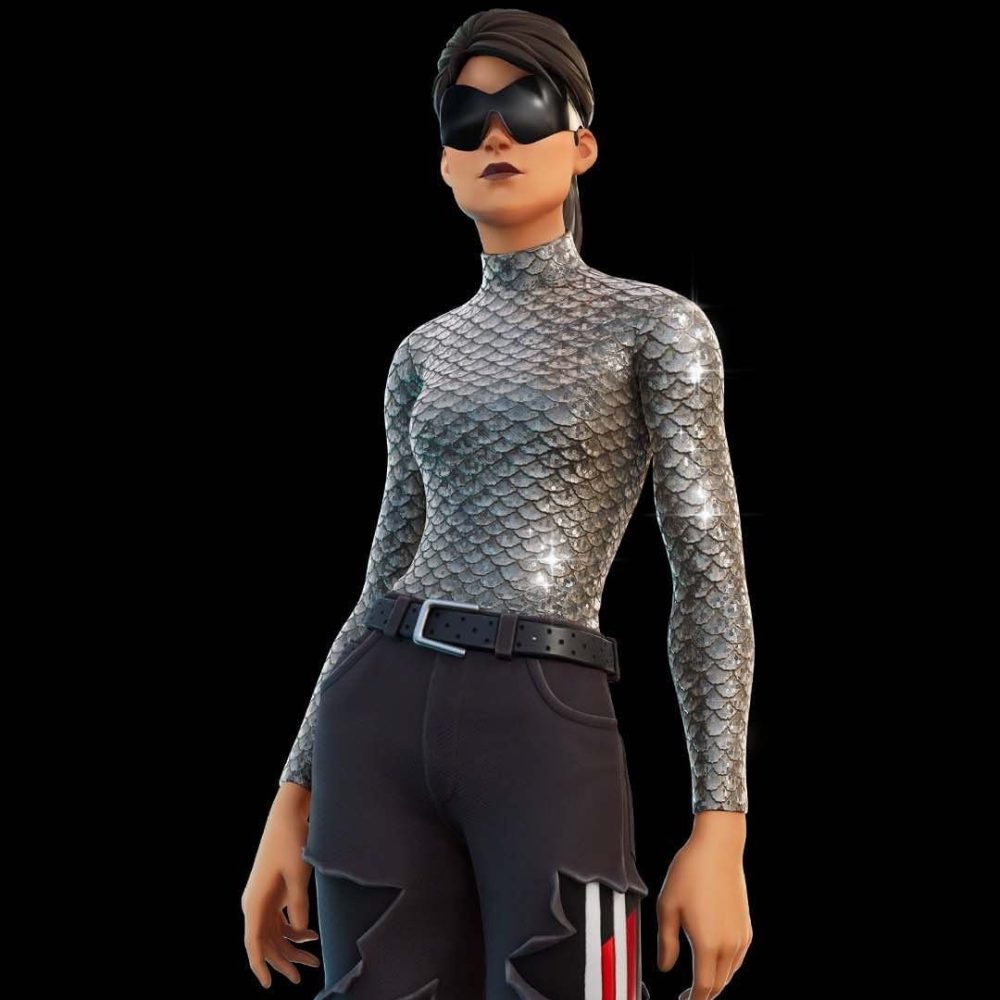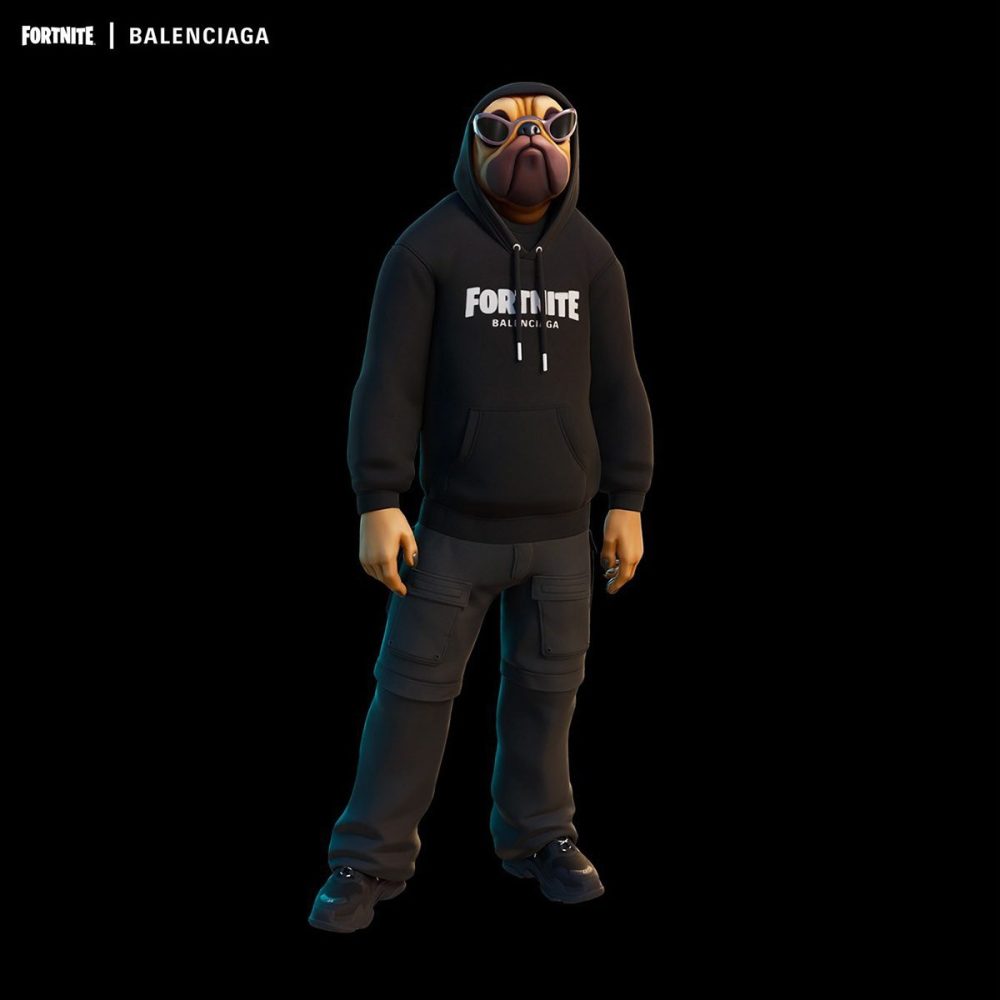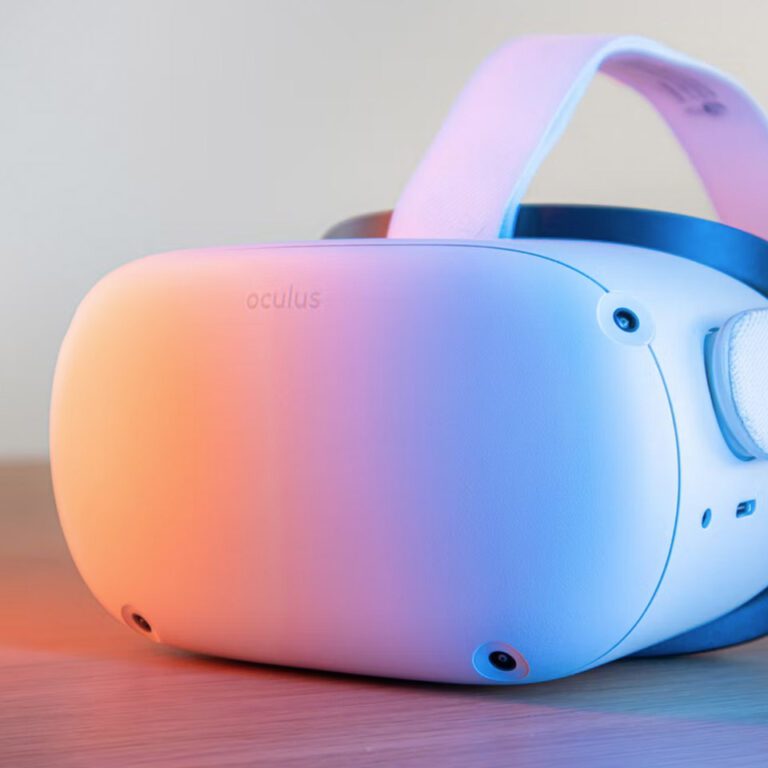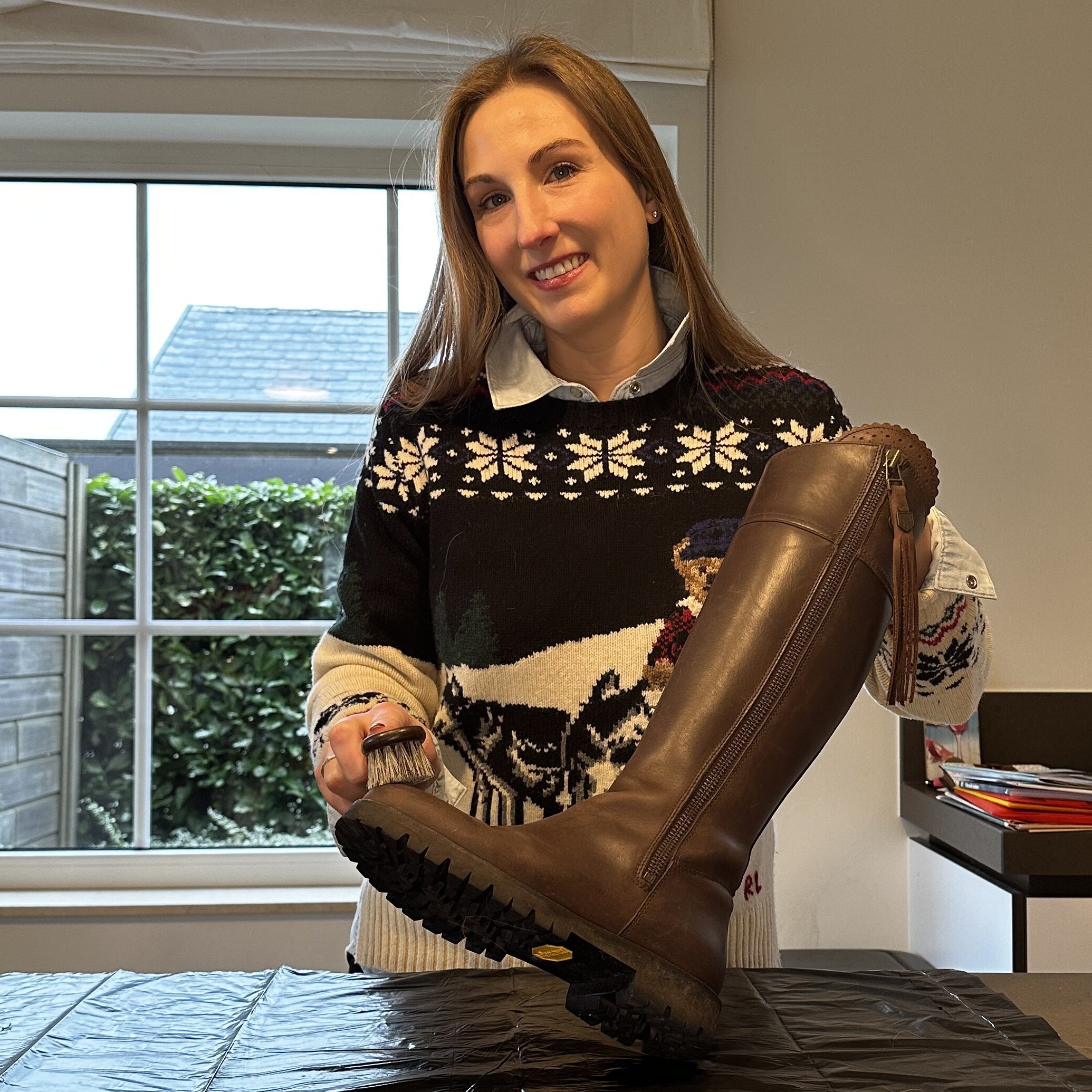Web 3.0
The metaverse is the next evolution of the internet we know today (web 2.0). It does not only connect people but also locations and things. The metaverse is not owned by one technology or one company. It is enabled by many different technologies and experienced in virtual spaces. It is a congruence between virtual reality and a digital second life. Your virtual identity or avatar, which you use to connect with others in these virtual spaces, is an extension of who you are. So, naturally you will spend money on outfits and objects to express yourself and personalise that digital avatar. This is where fashion brands come in.
Experimentation grounds for luxury houses
When covid hit in 2020 and the whole world was confined to their homes, retail sales went down while the gaming industry boomed. The most common place today where we use avatars and skins (outfits for avatars) are in games such as Fortnite, Call of duty, Roblox, … Games naturally became the first experimentation grounds for luxury houses to develop their knowledge of the metaverse and its potential. At the forefront we find Balenciaga, under the lead of creative director, Demna Gvasalia, and CEO Cédric Charbit. The house has been closing the gap between fashion and the digital world through various projects such as a game inspired lookbook and a collaboration with Fortnite on skins and objects. Recently, the brand even announced starting up a dedicated virtual division, making it a true leader in the area of digital fashion.
Meanwhile, Bernard Arnault, CEO of LVMH (the group behind brands such as Dior and Louis Vuitton) is cautious about the metaverse. Last week he stated: “I’m sure this will probably have a positive effect if things are done properly. We are not interested in selling a pair of virtual sneakers for €10. But there may be more relevant applications. We have to see what these applications might be.” Brands are looking at the metaverse and digital fashion not only as an additional go-to-market channel but as a potential solution to the current supply chain and sustainability challenges the industry is facing. However, there are still a few hurdles to overcome, for example the process of acquiring cryptocurrency to buy items in the metaverse is still perceived as complex and scary to the majority of consumers. Moreover, I’m not convinced digital fashion is a sustainable solution for our planet. The data centers enabling our digital world and the metaverse already consume 1.5% – 2% of the world’s electricity, and their carbon emission is expected to increase to 150 million metric tons per year, which is the equivalent of 50 power plants. So whilst I’m really excited about this new experimentation lab called the metaverse where fashion designers can let their creativity run free, I urge the industry to take on the responsibility to find the sustainable way forward.


“
What role does fashion play as we evolve to web 3.0, also known as the metaverse?






